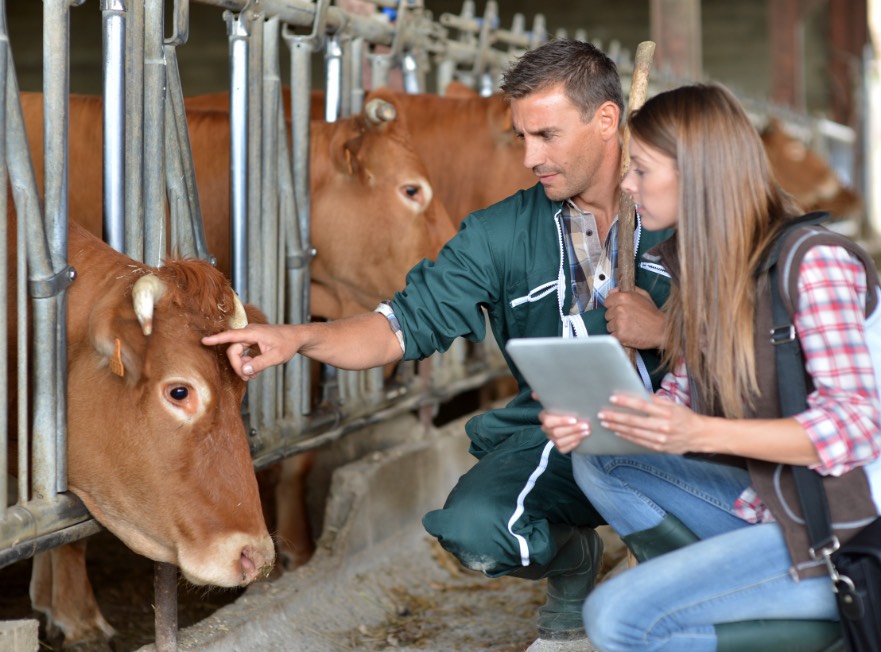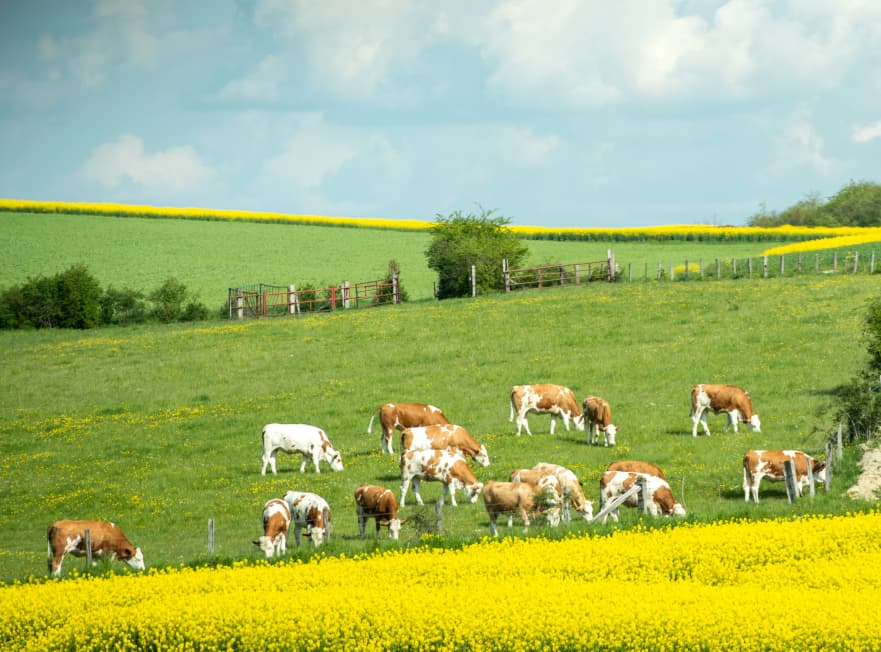European beef producers are leaders in the export of good quality beef. Numbers prove their craftsmanship. According to Eurostat information, in 2021 approximately one million tons of beef were exported from the European Union, with a total value of EUR 10 million.
The European Union is the world’s third largest beef producer (after the USA and Brazil), accounting for approx. 13% of global production. It is at the forefront with countries such as Brazil, the United States, China, India and Argentina1.

Excellent taste and high technological quality are the main advantages of European beef. Producers from the European Union owe this reputation to high standards of animal husbandry, as well as experience in traditional beef seasoning, which is very important for achieving an excellent end product. Quality is the result of a perfectly organized production chain, and taking care of details such as taste, juiciness or tenderness of beef is one of the priorities.
In the European Union, the carcass classification system – S EUROP – is used. The classification of beef carcasses is done visually on the basis of the observation of the carcass shape by an authorized and qualified expert. Carcasses weighing over 300 kg are subject to qualification. Categories A to E define the origin of the carcass by gender. The class of conformation and fat cover of carcasses is based on the letters SEUROP, where “S” stands for superior muscularity, and “P” for poor muscularity. Fat cover is marked with the numbers 1-5, where “1” corresponds to low fat cover and “5” to very high fat cover. Additionally, in each class of conformation and fat cover, one of the three differentiators is used: “+”, “without differentiator”, “-“. For example, “EE1+” stands for a heifer carcass with excellent fleshiness, low fat cover, and increased fat cover class. In this way, it is very easy to verify carcass quality at every stage of production2.




)
)